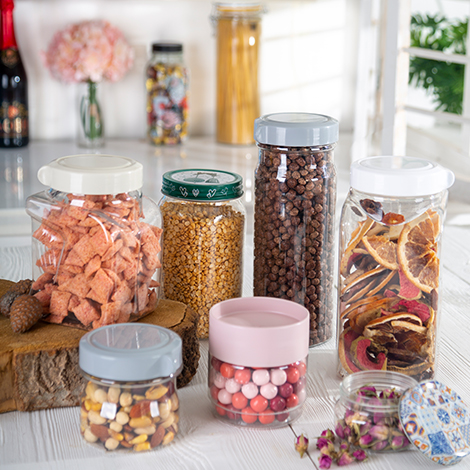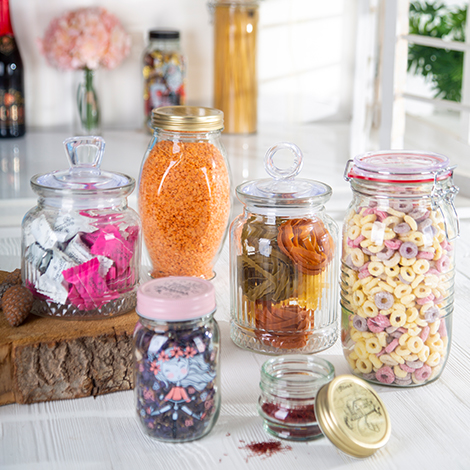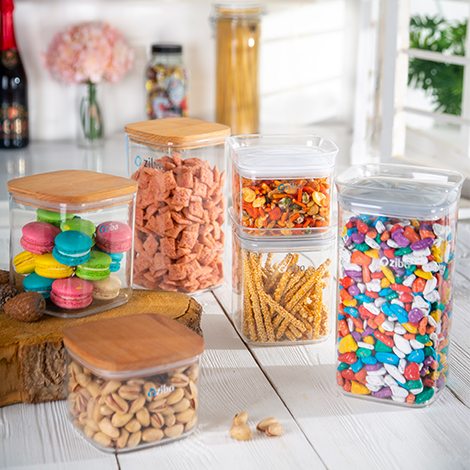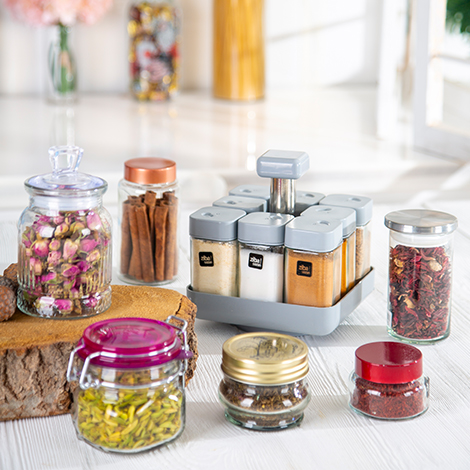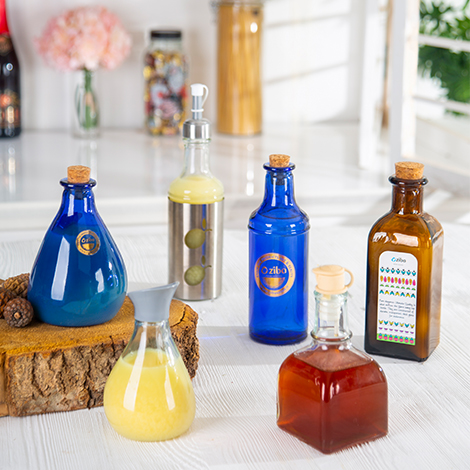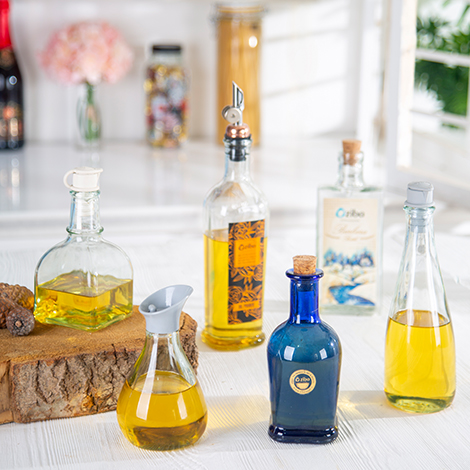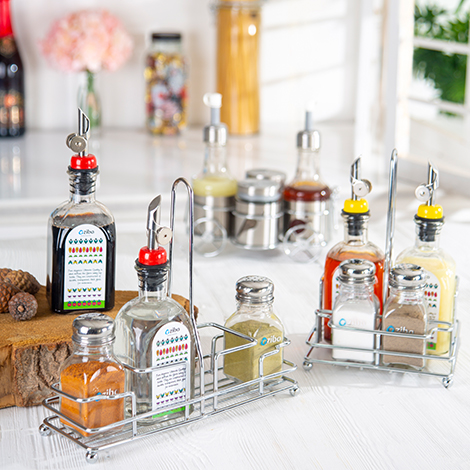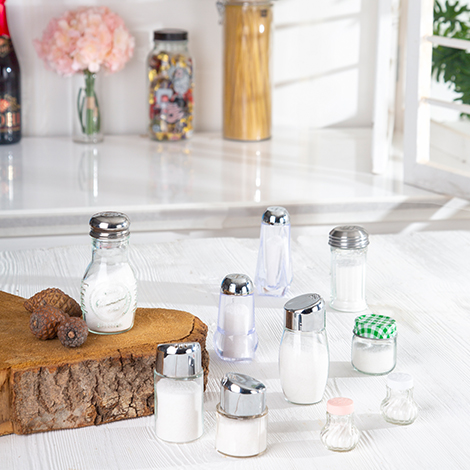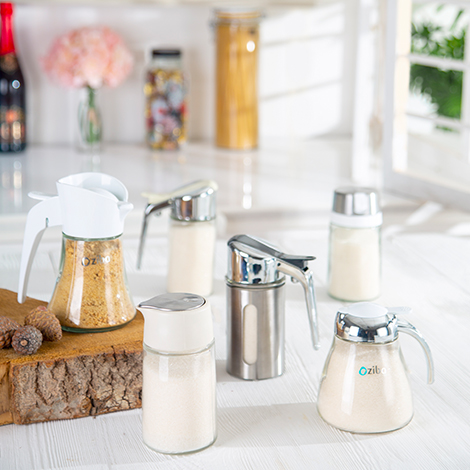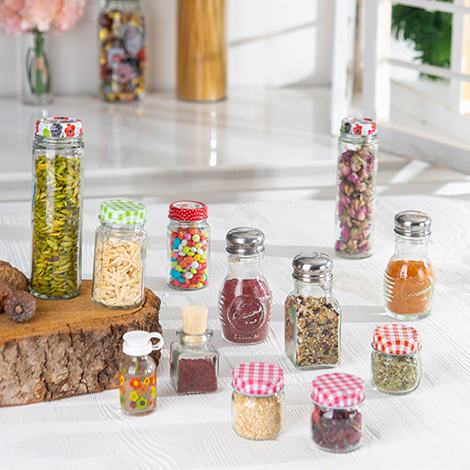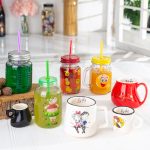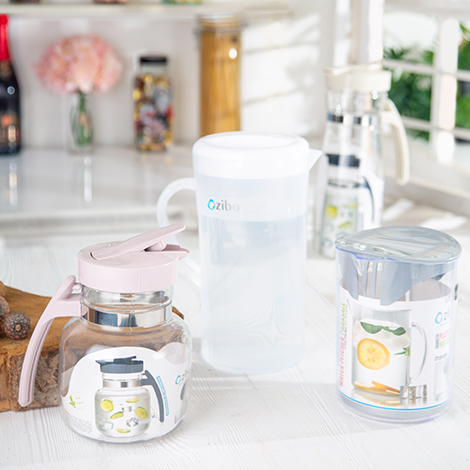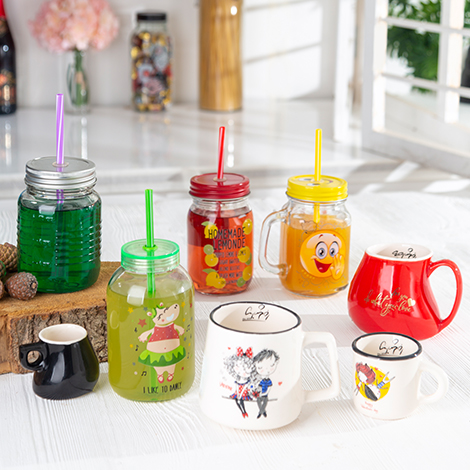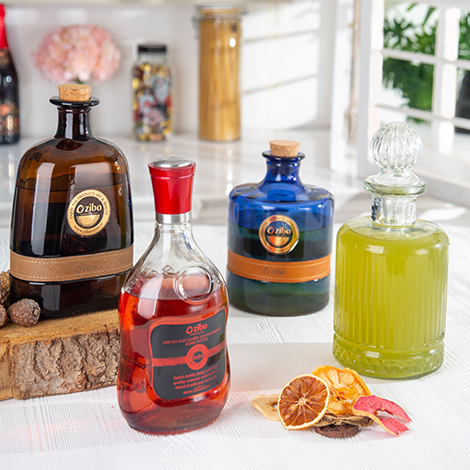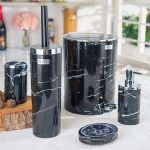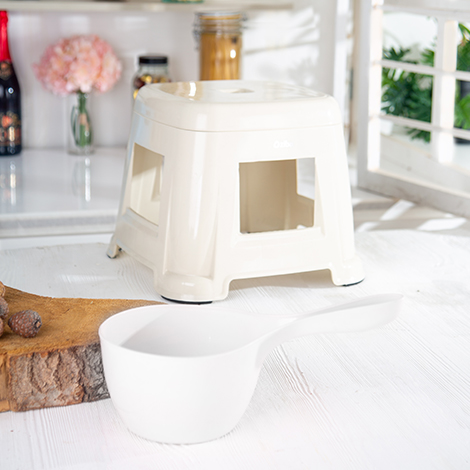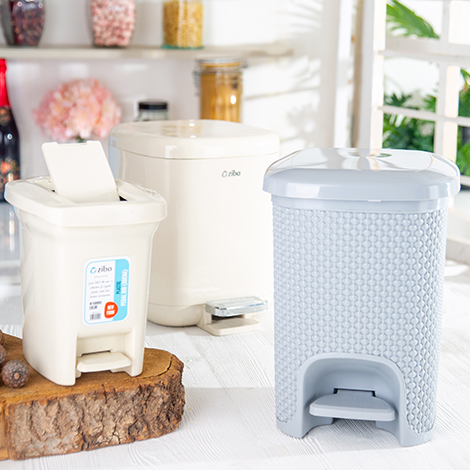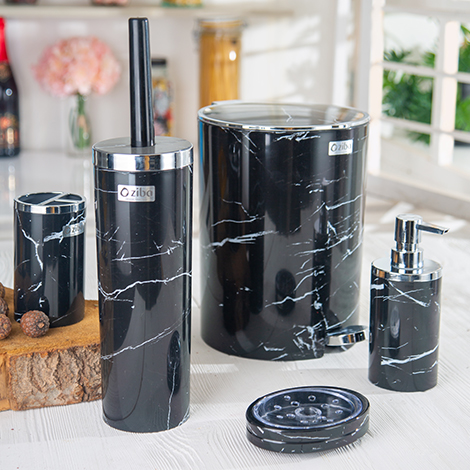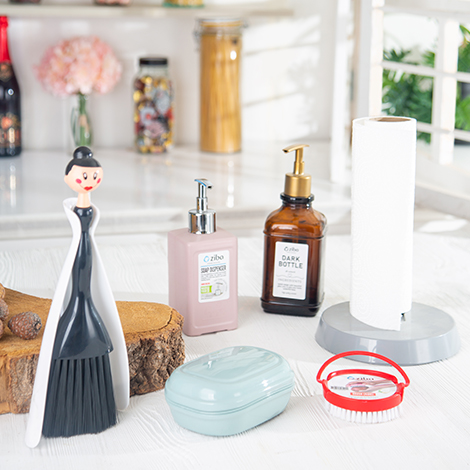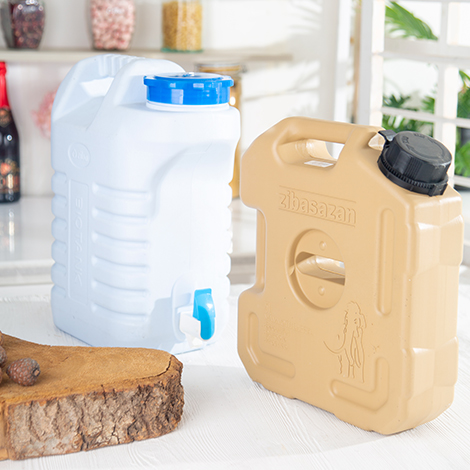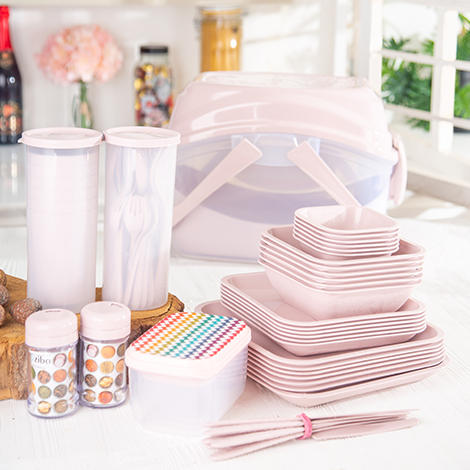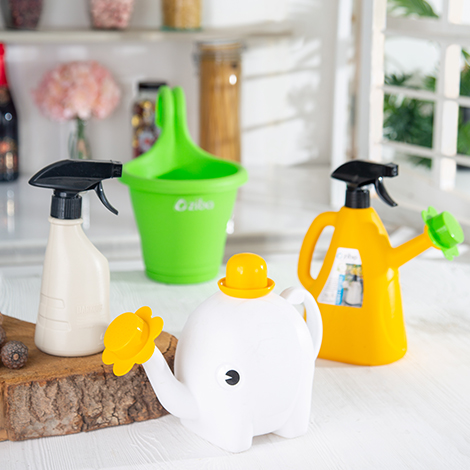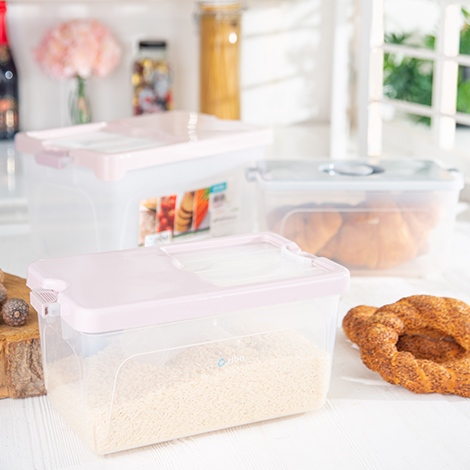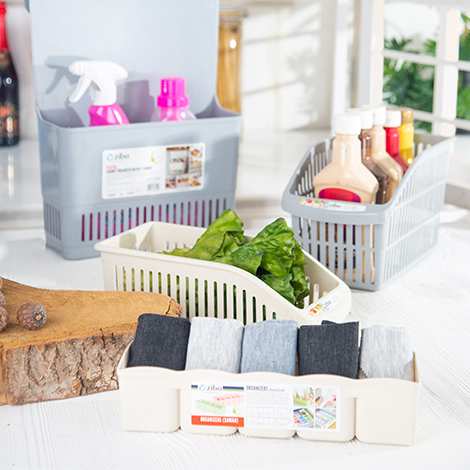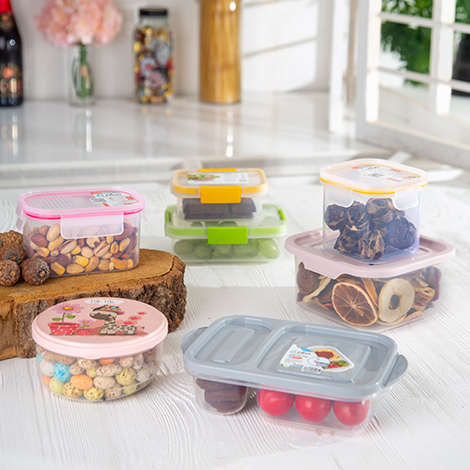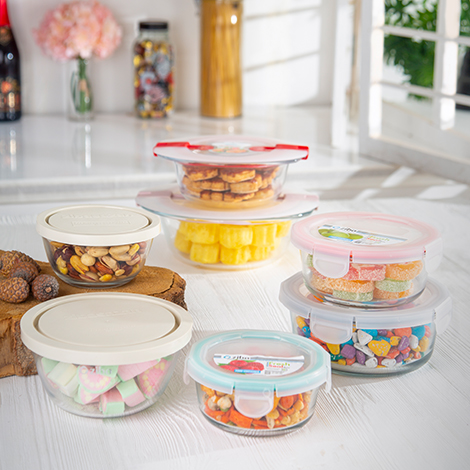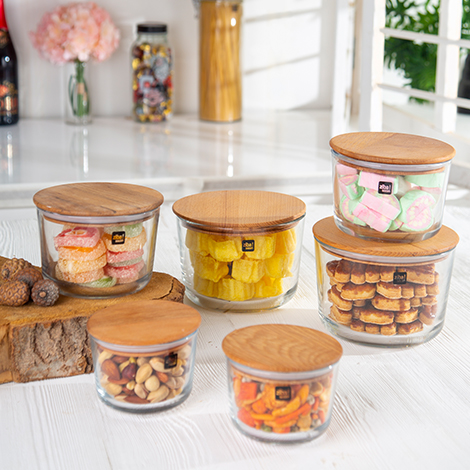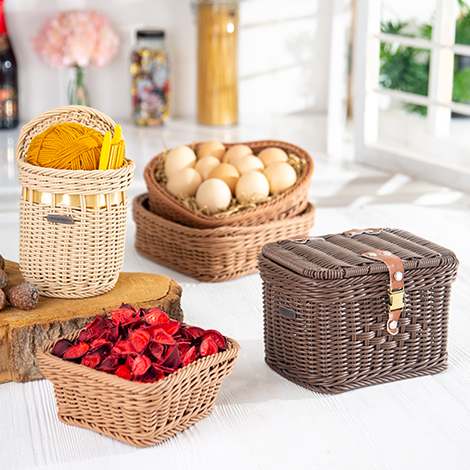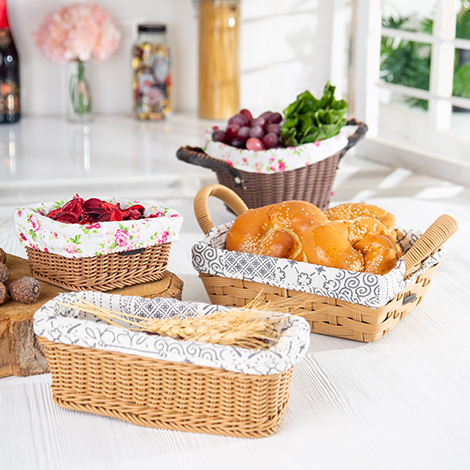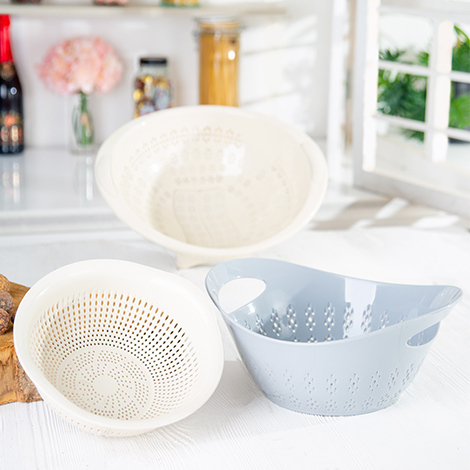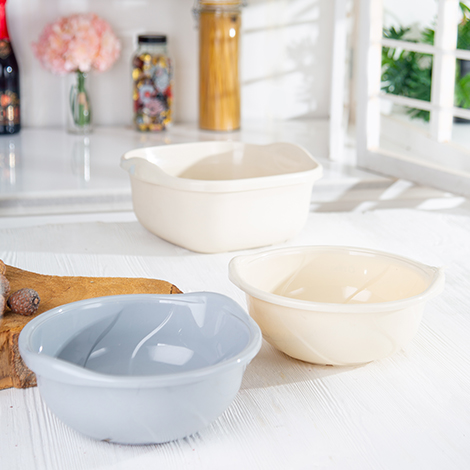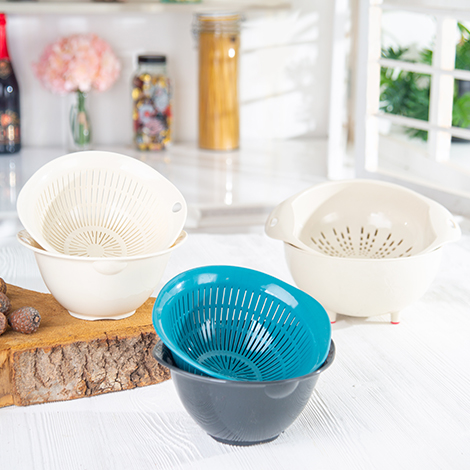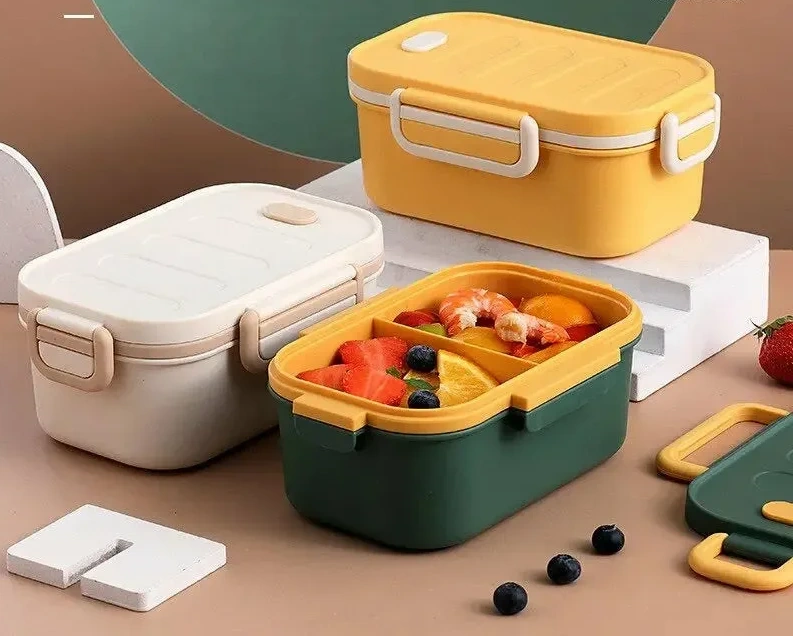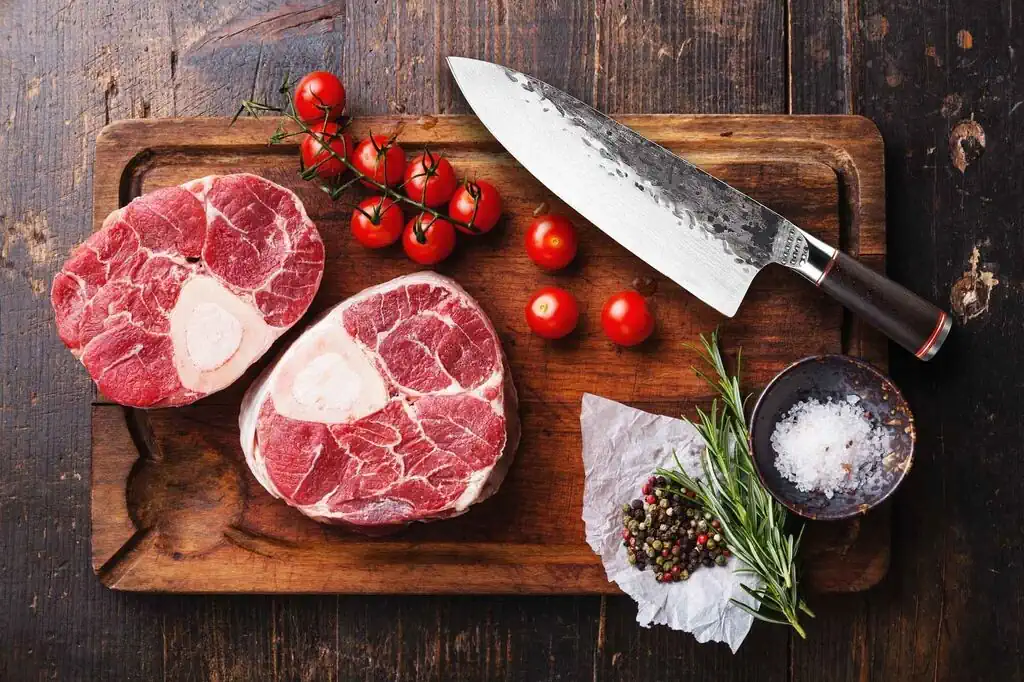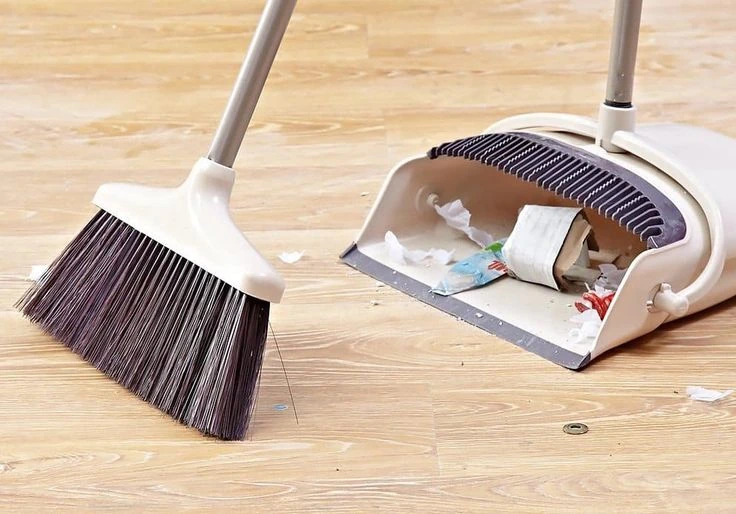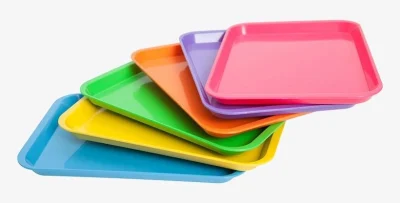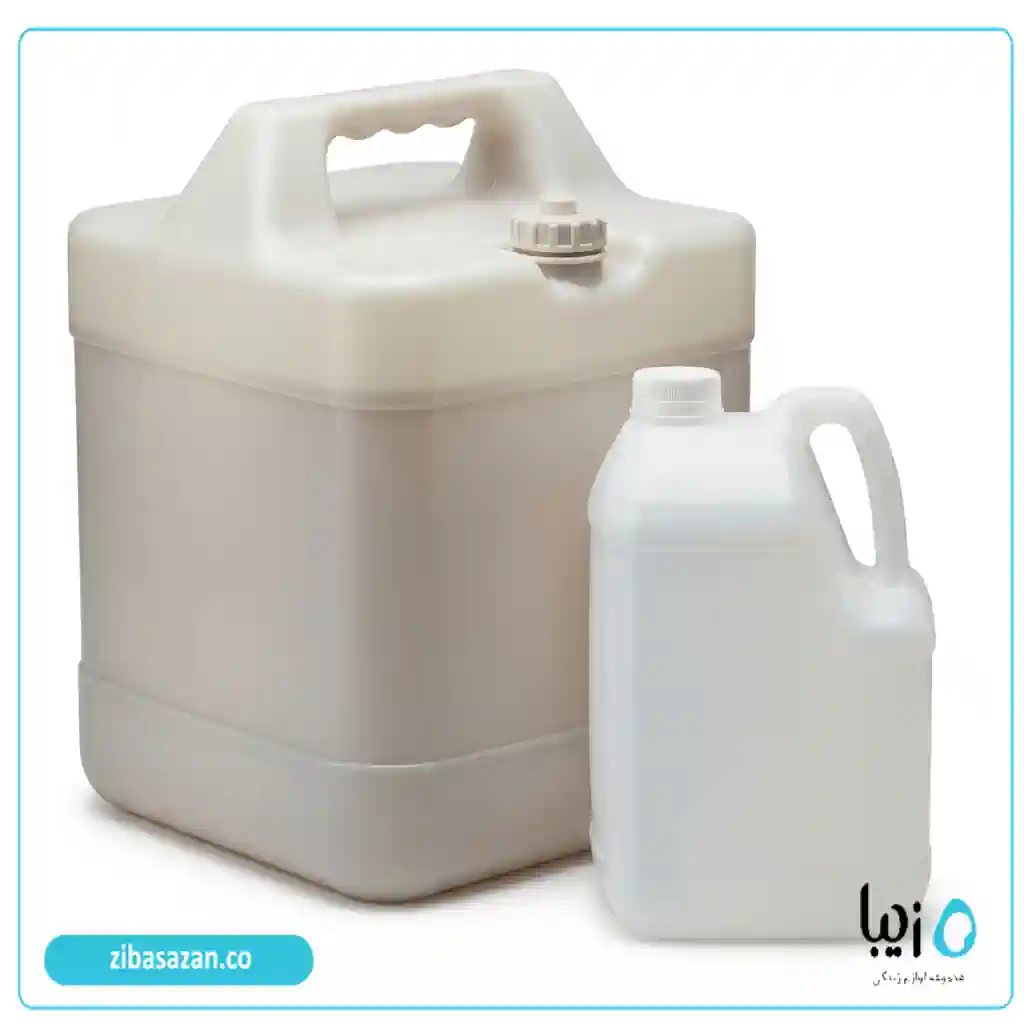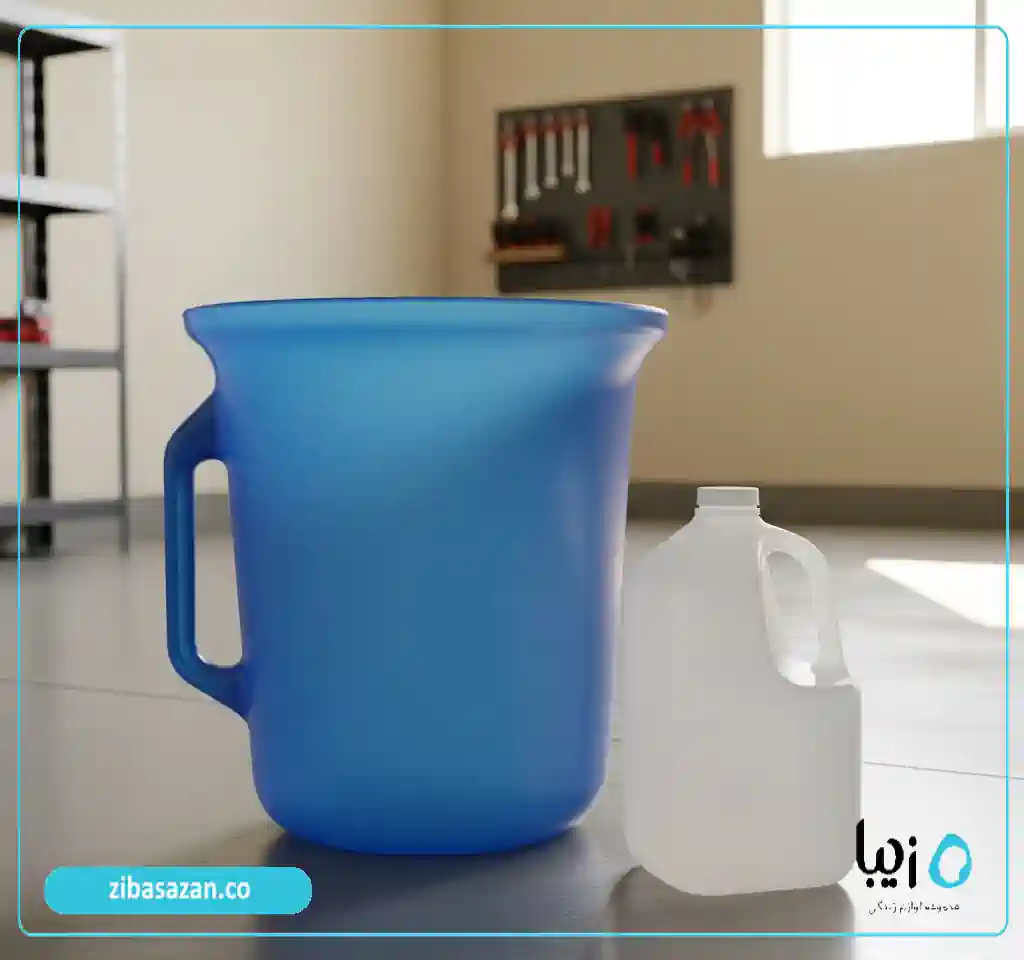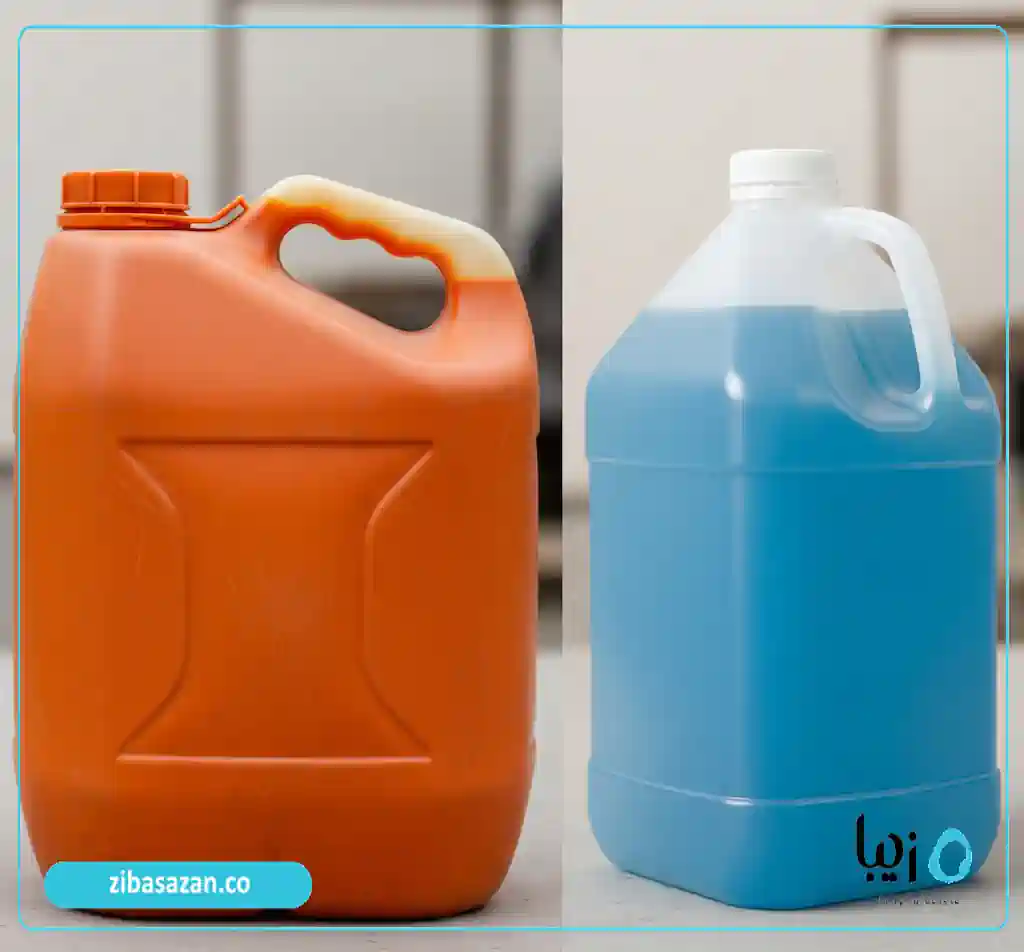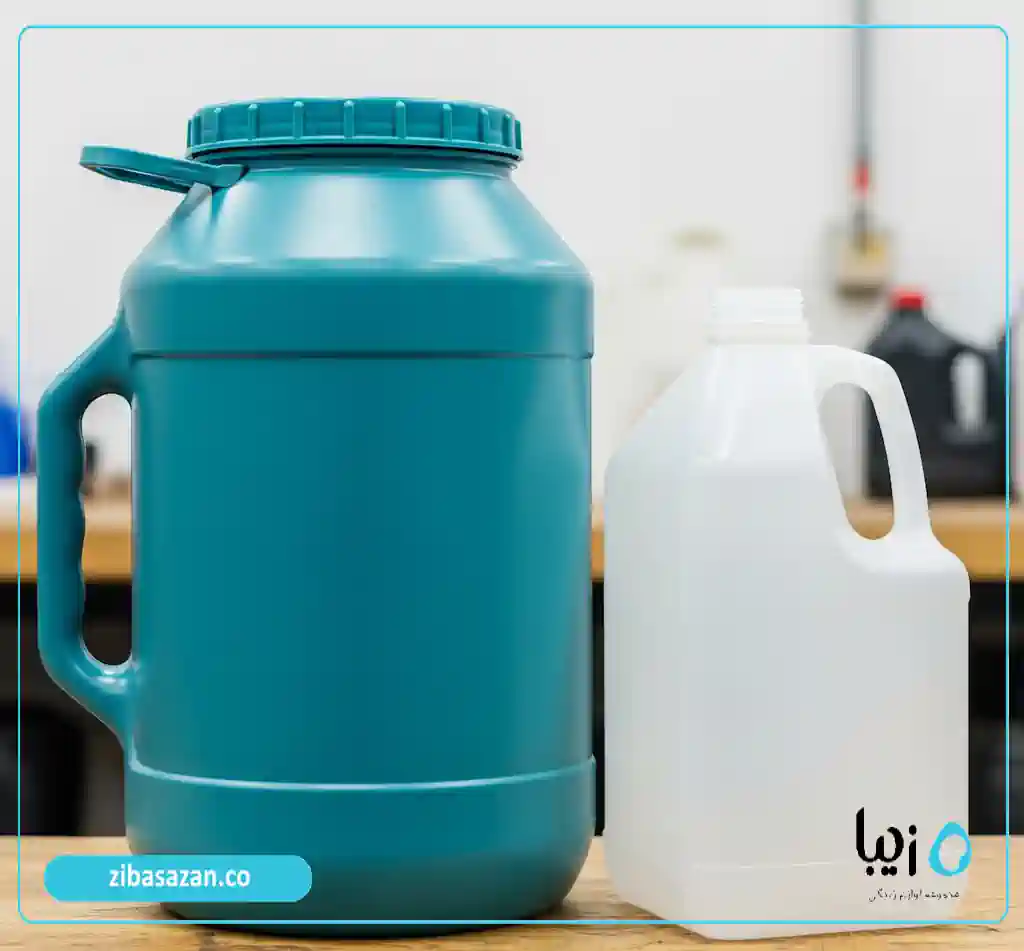Have you ever gone to a store to buy a liquid container and been faced with the names “gallon” and “dabeh“? You might think at first glance they are the same or that the only difference is size. But the truth is, the world of plastic gallons and dabbehs is far more complex than a simple name. An incorrect choice can lead to a loss of liquid quality, difficulty in transport, and even put your health at risk. So what’s the real difference between a dabeh and a gallon, and which one is made for your needs?
فهرست مطالب
- 1 Introducing Plastic Gallons and Dabbehs: Definitions and Uses
- 2 What is a Plastic Gallon? A Look at a Global Standard
- 3 What is a Plastic Dabeh? The Constant Companion of Iranian Homes
- 4 Why is Knowing the Difference Between a Dabeh and a Gallon Important?
- 5 The Difference in Material and Structure Between a Dabeh and a Gallon
- 6 Raw Material: Heavy Polyethylene vs. a Variety of Materials
- 7 Design and Appearance: From Industrial to Household
- 8 Wall Thickness and Resistance
- 9 Lid Type and Sealing
- 10 Common Uses in Daily Life
- 11 Plastic Gallon: The First Choice of Industries
- 12 Plastic Dabeh: From the Kitchen to the Garden
- 13 "Introducing the best brands of plastic freezer containers in Iran; which brand is the better choice...
- 14 The best type of plastic for healthy water storage: A smart choice guide
- 15 What Is a Salad Spinner and How Does It Keep Your Vegetables Fresh?
- 16 The best waterproof, durable, and incredibly practical plastic bathroom organizers!!!
- 17 Advantages of Using a Reusable Water Bottle for Sports and Travel
Introducing Plastic Gallons and Dabbehs: Definitions and Uses
Before we delve into the fundamental differences, it’s necessary to become familiar with the precise identity of each of these containers. Gallons and dabbehs are both used to store liquids, but their origin, design, and production purpose set them on different paths.
Understanding this initial definition is the foundation of your correct choice. This section will help you understand exactly what characteristics we are referring to when we talk about a “gallon” and what “dabeh” represents in our Iranian consumer culture.
What is a Plastic Gallon? A Look at a Global Standard
A plastic gallon is more than just a name; it’s a defined standard in the packaging industry. These containers are typically made from high-density polyethylene (HDPE), which shows outstanding resistance to chemicals, impact, and pressure. Gallon designs are often industrial, with a square or rectangular shape to optimize space for transportation and storage.
They have strong handles and tamper-evident, sealed lids to prevent any leakage, evaporation, or contamination from entering the container. For this reason, gallons are the first choice for the chemical, pharmaceutical, oil, and food industries for packaging and exporting products like industrial oils, pesticides, acids, detergents, and fruit concentrates. When you buy a product in a standard gallon from a brand like “Ziba,” you are in fact buying assurance of the safety and preservation of its contents.
What is a Plastic Dabeh? The Constant Companion of Iranian Homes
In contrast, “dabeh” is a more general and common term in our culture that refers to a wide range of plastic containers in various shapes and sizes. Dabbehs usually have a simpler design, are often round or oval, and are produced for general and household use.
Their material can be diverse, but in high-quality products, such as those from the “Ziba” brand, high-quality, food-grade raw materials are used to ensure they are completely safe for storing food items like pickles, pickled cucumbers, yogurt, doogh (a yogurt-based drink), and drinking water. Although dabbehs may not have the industrial strength of gallons, their advantage lies in their variety, lightness, more suitable price, and easy accessibility. A good plastic dabeh is a loyal assistant in every household’s kitchen and pantry, entrusted with the healthy and hygienic storage of food.
Why is Knowing the Difference Between a Dabeh and a Gallon Important?
You might ask why there is so much emphasis on the “difference between a dabeh and a gallon”? The answer is summed up in three words: safety, quality, and efficiency. Imagine storing a corrosive chemical in a thin, unsuitable plastic dabeh; the probability of a leak and an accident is very high. On the other hand, using a heavy, industrial gallon to store a few kilograms of pickles in the refrigerator is illogical and inefficient.
Understanding the precise differences helps you choose the right container for every need. This knowledge not only prevents you from wasting money but also guarantees your health and the quality of the materials you store.
The Difference in Material and Structure Between a Dabeh and a Gallon
Now that we are familiar with the initial definitions, it’s time to get to the heart of the matter: the technical and structural differences between these two containers. These differences are summarized in the raw material, external design, wall thickness, and lid type, and they directly affect their performance, durability, and final use. Understanding these technical details will elevate your perspective from an ordinary consumer to a professional buyer.
Raw Material: Heavy Polyethylene vs. a Variety of Materials
The most important “difference between a dabeh and a gallon” is the raw material they are made from. Standard industrial gallons are almost always produced from high-density polyethylene (HDPE). This polymer, due to its compact molecular structure, has an extraordinary chemical resistance and does not react with acids, bases, and various solvents. In addition, HDPE’s high mechanical strength makes it an ideal option for creating containers that must withstand heavy weight and be resistant to transport impacts.
In contrast, plastic dabbehs are made from a greater variety of materials such as polypropylene (PP) or lighter grades of polyethylene. High-quality dabbehs from the “Ziba” brand, designed for food use, are produced from food-grade plastics that do not transfer any harmful substances to their contents and are completely harmless to human health.
Design and Appearance: From Industrial to Household
The design of gallons is subject to “function,” not “beauty.” Their square or rectangular shape is optimized for neat arrangement without wasted space in containers and warehouses. Their handles are usually part of the main body and are very sturdy to withstand the weight of heavy liquids.
Dabbehs, however, have a more diverse design world. They are produced in round, oval, and cylindrical shapes and in various colors to match the taste of the household consumer. The handles on dabbehs may be attached separately to the body, and their design is based more on ease of daily use.
Wall Thickness and Resistance
Another key difference is the thickness of these containers’ walls. Gallons, due to carrying dangerous or heavy materials and the need for resistance to internal pressure (caused by gas from some materials) and external impacts, have much thicker and more uniform walls. Their production process ensures there are no weak points in the body.
In contrast, dabbehs usually have thinner walls, which makes them lighter and more suitable for household transport. Of course, this does not mean the dabeh is low-quality; a standard dabeh has sufficient resistance for its defined applications (such as storing water, dairy, or pickles).
Lid Type and Sealing
The lid system is another decisive difference. A gallon’s lid is typically designed as a screw-on with an internal gasket and a tamper-evident ring. This three-layer structure ensures a complete seal and prevents any leakage or evaporation. This feature is vital for the transport of chemicals and for exports. However, dabeh lids are often simpler. They might have a simple screw-on or a pressure-fit lid.
| Feature | Standard Plastic Gallon | General Plastic Dabeh |
| Main Raw Material | High-density polyethylene (HDPE) | Light polyethylene, polypropylene (PP) |
| Design | Industrial, rectangular, optimized for storage | Household, round or oval, varied |
| Wall Thickness | Very thick and resistant | Thinner and lighter |
| Lid System | Screw-on, with gasket, tamper-evident | Simple screw-on or pressure-fit |
| Main Use | Chemical, oil, food industries (packaging) | Household use (storing food and water) |
Common Uses in Daily Life
The best way to understand the “difference between a dabeh and a gallon” is to see them in practice. Each of these containers is designed to play specific roles in daily life and in industry. This section will show you which container will perform better in different scenarios.
Plastic Gallon: The First Choice of Industries
Gallons are kings in industrial and commercial environments. Their strength, safety, and standards make them irreplaceable for sensitive and professional applications. Some of the main uses for gallons include:
- Chemical packaging: Various agricultural pesticides, acids, bases, solvents, and liquid fertilizers.
- Oil and petrochemical industries: Storing and transporting various motor oils, industrial oils, antifreeze, and grease.
- Food industries: Packaging fruit concentrates, large volumes of cooking oils, sauces, and syrup ingredients.
- Pharmaceutical and hygiene industries: Storing alcohol, disinfectants, and industrial detergents.
Plastic Dabeh: From the Kitchen to the Garden
Dabbehs are the stars of household and public use. Their adaptability and ease of use have turned them into a versatile tool in every home. Common uses for dabbehs include:
- Food storage: Preparing and storing various types of pickles, pickled cucumbers, olives, cheese, and tomato paste.
- Dairy storage: Storing milk, yogurt, and doogh hygienically.
- Drinking water storage: For use on trips, picnics, or during water outages.
- Pantry storage: Protecting dry goods and legumes from moisture and insects.
- Gardening use: Storing water for watering plants or making homemade fertilizers.


